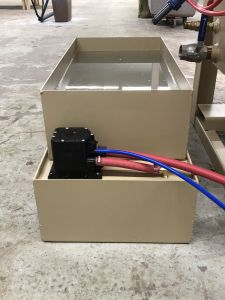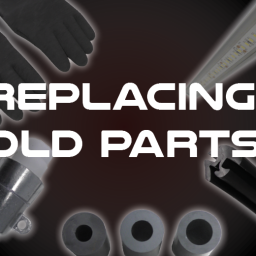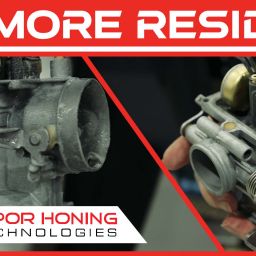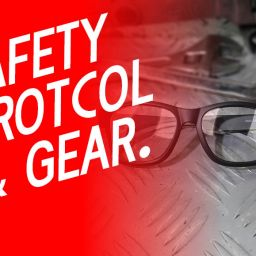What is the main advantage of working with a closed loop and an open loop wet blaster? On a closed loop, you do not need a supply of running water to operate it. A closed loop wet blaster cabinet needs no external water connection or drain to operate.
You add the water and abrasive to the cabinet, and you add more water to the external tank. From there, the slurry mix will recycled until you swap it out.
That said, an open loop system works fine if you have a readily available running water connection and have no concerns about water disposal. The open loop system is where you will need to hook up to an external water source. Such as a hose and you will need a drain to drain off excess rinse water that is added to the machine.
The garden hose will connect to our fresh water connection lead, located at the back of an open loop cabinet.
As for draining, there is no external tank for the water to cycle. So, you will need to drain the water manually because the water will rise from using fresh water. But if you are in a situation where water conservation or pollution restrictions represent a significant concern? Then, go with a closed loop wet blaster system.
You should also consider whether you need tight process control. The answers to these questions will help you make an informed decision about the right equipment for your company’s needs.
After all, if you are cleaning resurfacing components for the aerospace industry, you will need to adhere to different production regulations than if you are prepping vintage auto parts for painting.
Keeping an eye on the media density check will allow managers in your blasting department to have the necessary control when it comes to processes.
If you like to see more video content, please visit our YouTube channel and subscribe.
If you have any questions or is interested in a Vapor Honing machine, please contact us.








